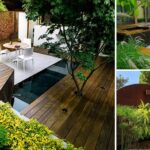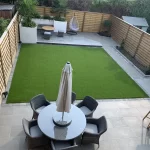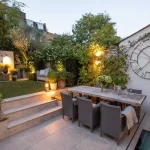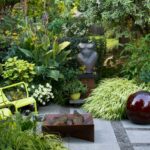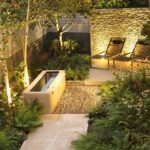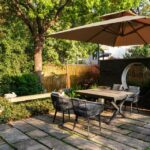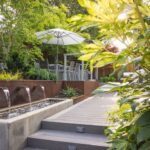When it comes to designing a garden in a small space, every inch counts. With limited space to work with, it’s important to make the most of what you have by incorporating smart design elements. One way to maximize a small garden is to create different levels using raised beds or terracing. This not only adds visual interest but also provides more planting space.
Another key consideration in small garden design is the use of vertical space. By incorporating trellises, hanging planters, or vertical gardens, you can make the most of limited ground space. This allows you to grow a variety of plants without taking up valuable floor space. Choosing plants that grow vertically, like climbing vines or tall grasses, can also help create a sense of height in a small garden.
Incorporating elements of hardscaping, such as paths, patios, or raised seating areas, can help define different areas of a small garden and create a sense of balance. Using materials like stone, wood, or gravel can add texture and visual interest to the space. Adding outdoor furniture or decorative accents can also help personalize the area and make it feel like an extension of your home.
When it comes to planting in a small garden, choose plants that are well-suited to the space and climate. Consider the mature size of plants, as overcrowding can make a small garden feel even smaller. Opt for plants that have a compact growth habit or can be easily pruned to maintain a tidy appearance. Mixing in a variety of plant types, such as trees, shrubs, flowers, and herbs, can help create a diverse and dynamic garden.
Lighting plays a crucial role in small garden design, especially if you want to enjoy your outdoor space in the evenings. Incorporating outdoor lighting, such as fairy lights, lanterns, or spotlights, can help create a warm and inviting atmosphere. Consider using solar-powered lights to save energy and reduce your carbon footprint. Lighting can also help highlight key features of your garden and create focal points.
Lastly, don’t forget to consider maintenance when designing a small garden. Opt for low-maintenance plants and materials to reduce the amount of time and effort required to keep your garden looking its best. Consider installing a drip irrigation system or using mulch to help retain moisture and reduce water usage. Regularly pruning and weeding can also help keep your small garden in tip-top shape. By incorporating these design elements and considerations, you can create a beautiful and functional garden in a small space.


